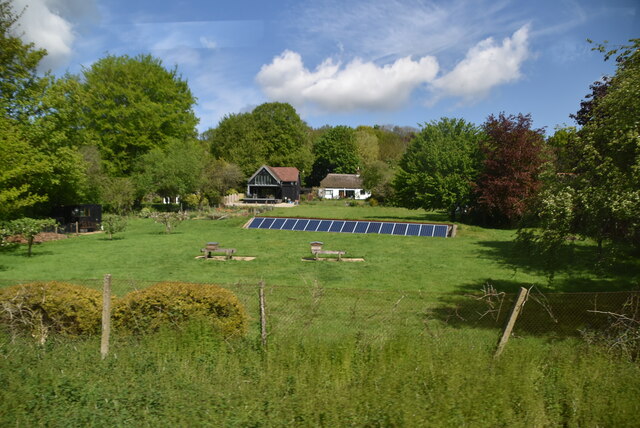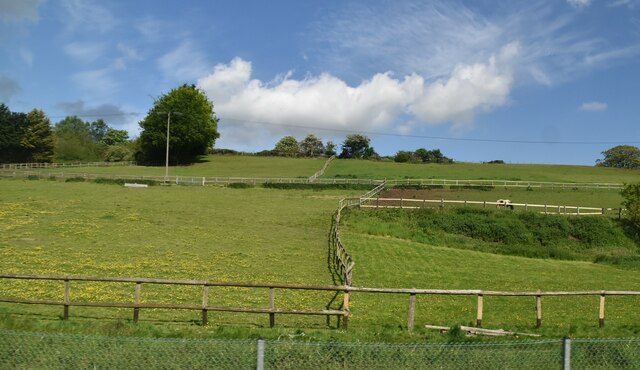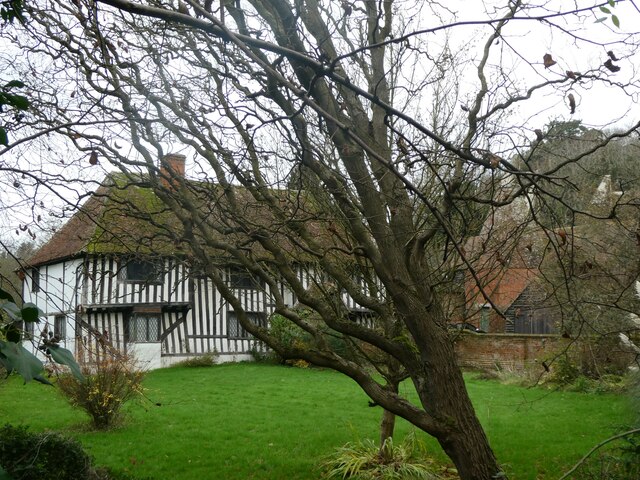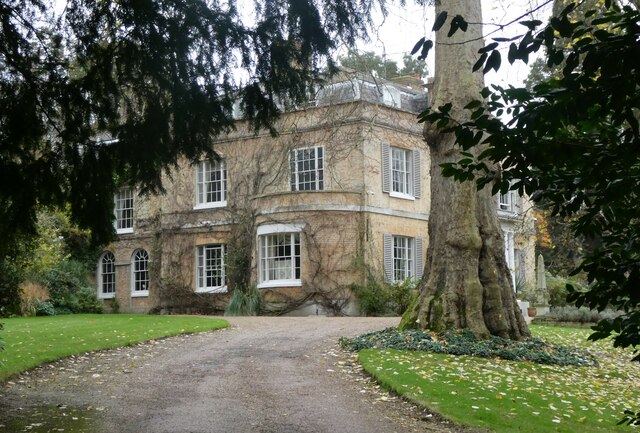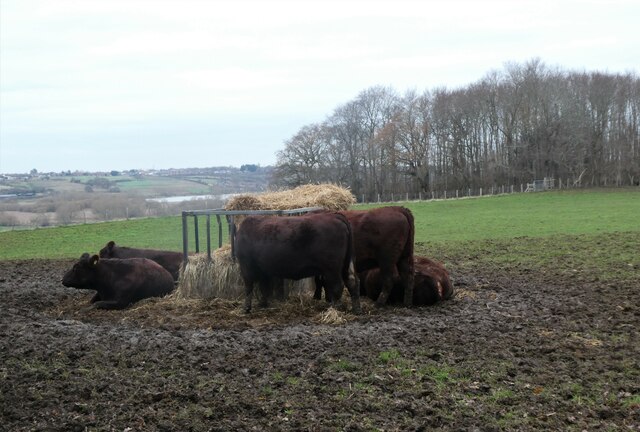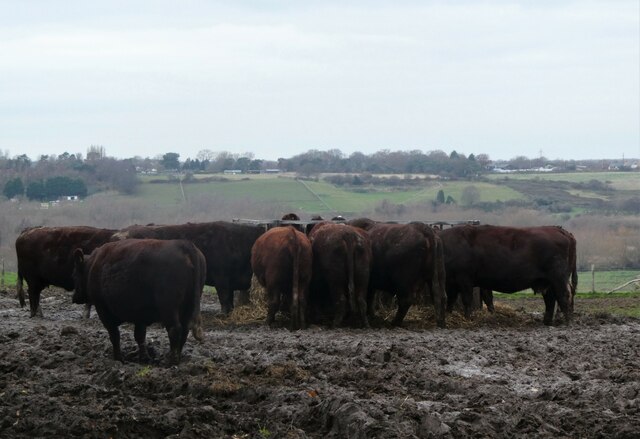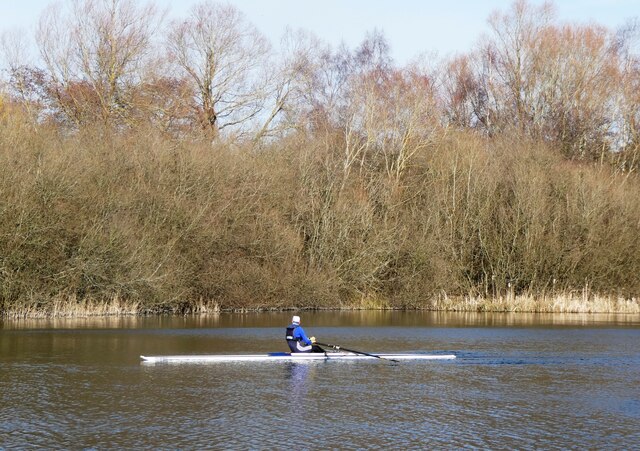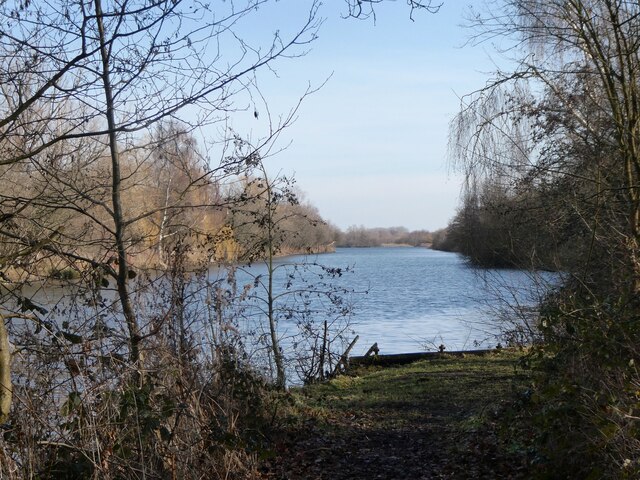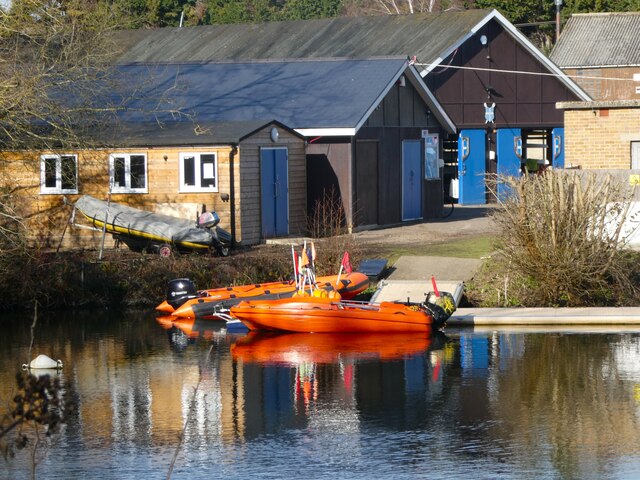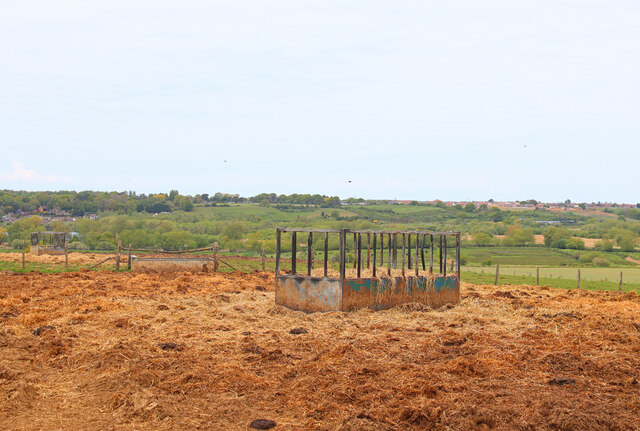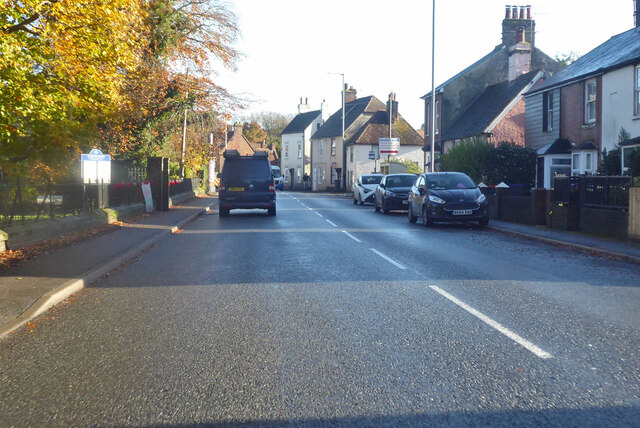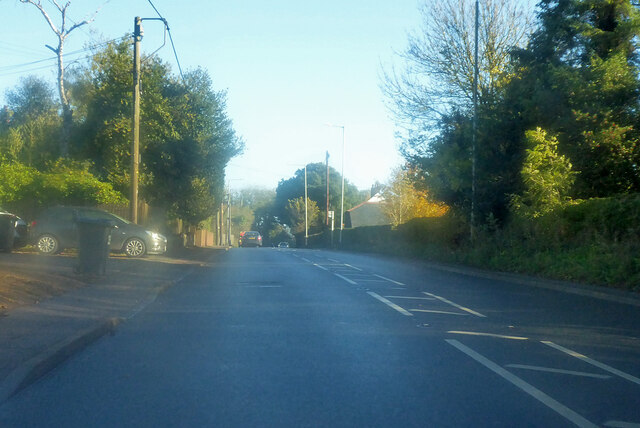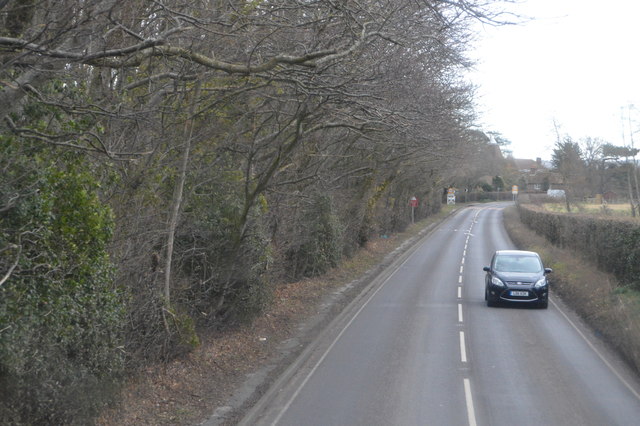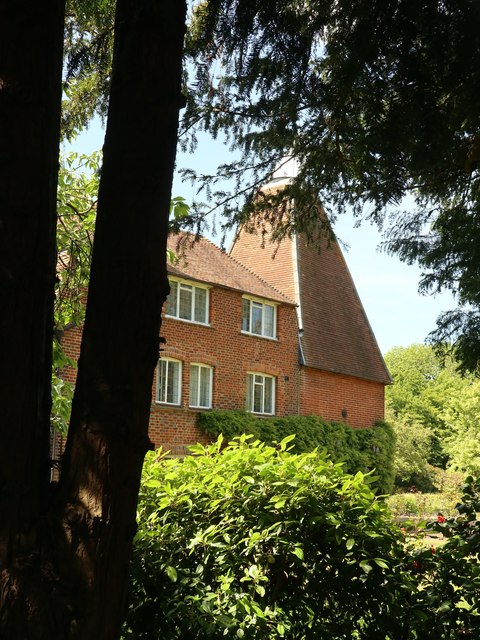Trenleypark Wood
Wood, Forest in Kent Canterbury
England
Trenleypark Wood
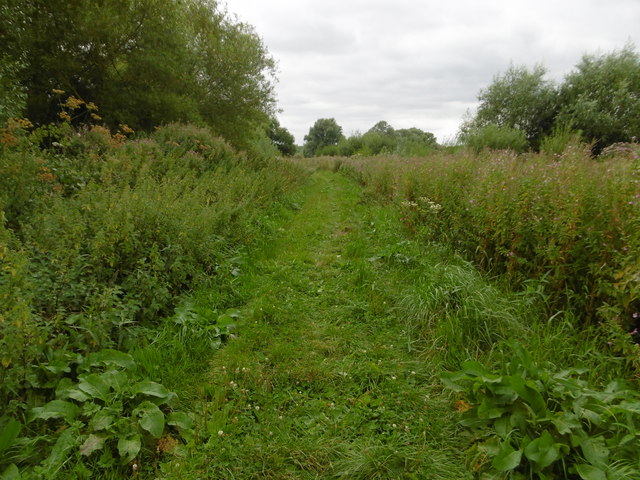
Trenleypark Wood is a picturesque woodland located in Kent, a county in southeastern England. Covering an area of approximately 50 acres, this wood is situated in the heart of the Kent Downs, an Area of Outstanding Natural Beauty. The wood is easily accessible, located just a short distance from the village of Trenley and accessible by foot or car.
The woodland is predominantly composed of broadleaf trees, including oak, beech, and ash, creating a diverse and vibrant ecosystem. These trees provide a dense canopy, allowing little sunlight to reach the forest floor and creating a shaded and tranquil environment. The woodland is known for its rich biodiversity, with an abundance of wildlife including deer, foxes, badgers, and a variety of bird species.
Trenleypark Wood offers a range of walking trails, allowing visitors to explore the beauty of the wood and discover its hidden gems. A well-maintained network of paths winds through the woodland, providing opportunities for both leisurely strolls and more challenging hikes. The wood is also a popular spot for nature enthusiasts and birdwatchers, with several designated areas for wildlife observation.
Visitors to Trenleypark Wood can enjoy the peace and serenity of the natural surroundings, as well as the stunning views of the surrounding countryside. The wood is a designated Site of Special Scientific Interest, recognizing its importance for conservation and wildlife preservation. It offers a welcome retreat from the hustle and bustle of everyday life, providing a tranquil haven for both locals and tourists alike.
If you have any feedback on the listing, please let us know in the comments section below.
Trenleypark Wood Images
Images are sourced within 2km of 51.291636/1.1476091 or Grid Reference TR1959. Thanks to Geograph Open Source API. All images are credited.

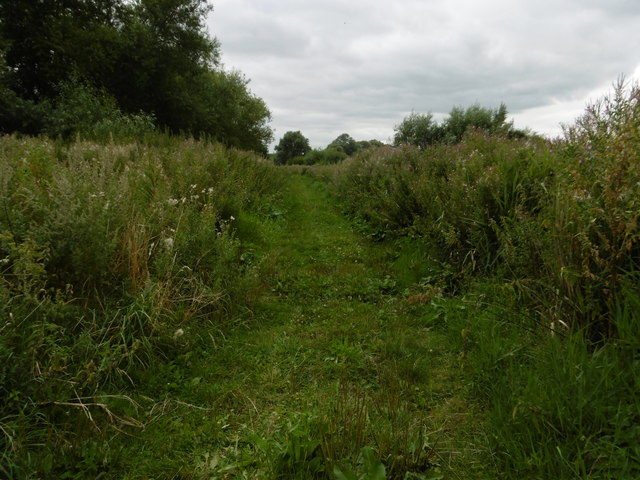
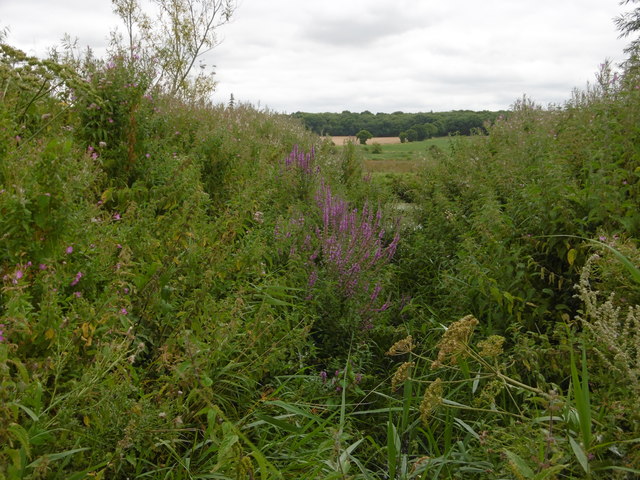
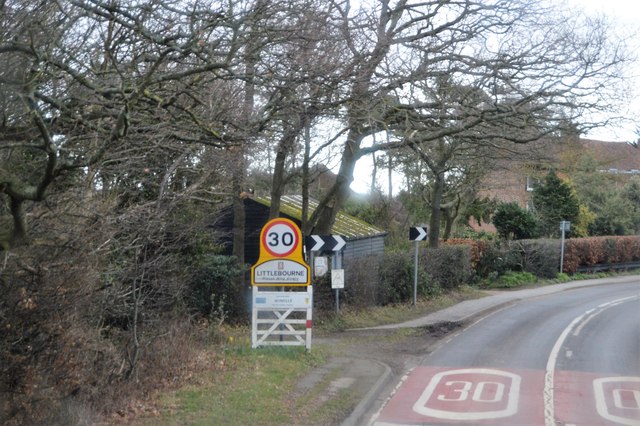
Trenleypark Wood is located at Grid Ref: TR1959 (Lat: 51.291636, Lng: 1.1476091)
Administrative County: Kent
District: Canterbury
Police Authority: Kent
What 3 Words
///arranges.smooth.unloads. Near Sturry, Kent
Nearby Locations
Related Wikis
Church of St Mary the Virgin, Fordwich
The Church of St Mary the Virgin is a redundant Anglican church in the small town of Fordwich, Kent, England. It is recorded in the National Heritage...
Fordwich
Fordwich is a market town and a civil parish in east Kent, England, on the River Stour, northeast of Canterbury. It is the smallest community by population...
Fordwich Town Hall
Fordwich Town Hall is a municipal structure in King Street, Fordwich, Kent, England. The structure, which serves as the meeting place of Fordwich Town...
King's School Canterbury Boat Club
King's School Canterbury Boat Club is a rowing club based at Brett Sturry Quarry, Westbere Lakes, Sturry, Canterbury, Kent. == History == The club has...
Nearby Amenities
Located within 500m of 51.291636,1.1476091Have you been to Trenleypark Wood?
Leave your review of Trenleypark Wood below (or comments, questions and feedback).
